Physical Address
304 North Cardinal St.
Dorchester Center, MA 02124
Physical Address
304 North Cardinal St.
Dorchester Center, MA 02124
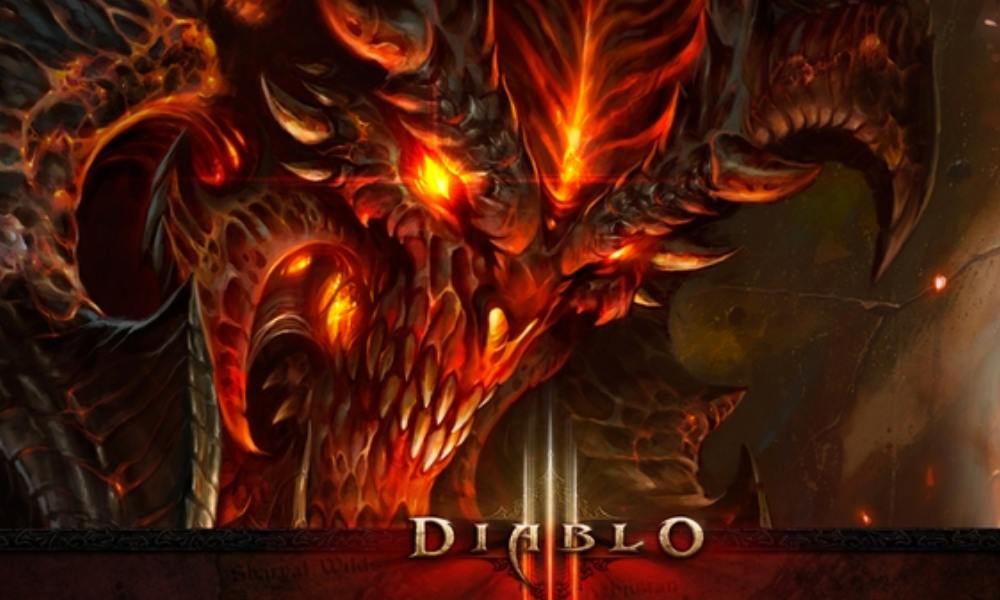
Have you completed the Diablo 3 campaign and need help figuring out where to go next? Hold your piece because there’s more to the game than the primary campaign. In most RPGs, the end of the primary mission doesn’t necessarily mean the end of the game. Mostly, it’s the beginning of a new adventure in the game, completing new quests and side missions.
That’s the same narrative for Diablo 3. Look no further if you are looking for the next step after completing the game’s campaign. This guide will provide all the details regarding the next step and how to do it quickly.

Once players complete Act V in the Campaign Mode of Diablo 3, Adventure Mode becomes available, offering fresh areas to explore and new content.
Adventure mode is a new game mode introduced as an extension to the Reaper of Souls pack. Here, you are not required to follow the game’s storyline, but rather, you enjoy the open-play mode. Finishing this new adventure mode will provide numerous rewards and capabilities. Diablo’s 2 lead designer describes it as the smartest and most varied way to play if your goal is to find gear and level up.
In a nutshell, Adventure Mode offers you the freedom to play the game how you want with no restrictions. To create this new mode, the developer noticed a pattern in gamers seeking adventure in risky lands full of enemies but with a large amount of loot to take. Therefore, if you value the best gear or want to upgrade to your best abilities, Adventure mode is the perfect place.
Adventure Mode introduces two care aspects: Nephalem Rifts and Bounties. However, you need to unlock this additional game mode to enjoy this additional content.
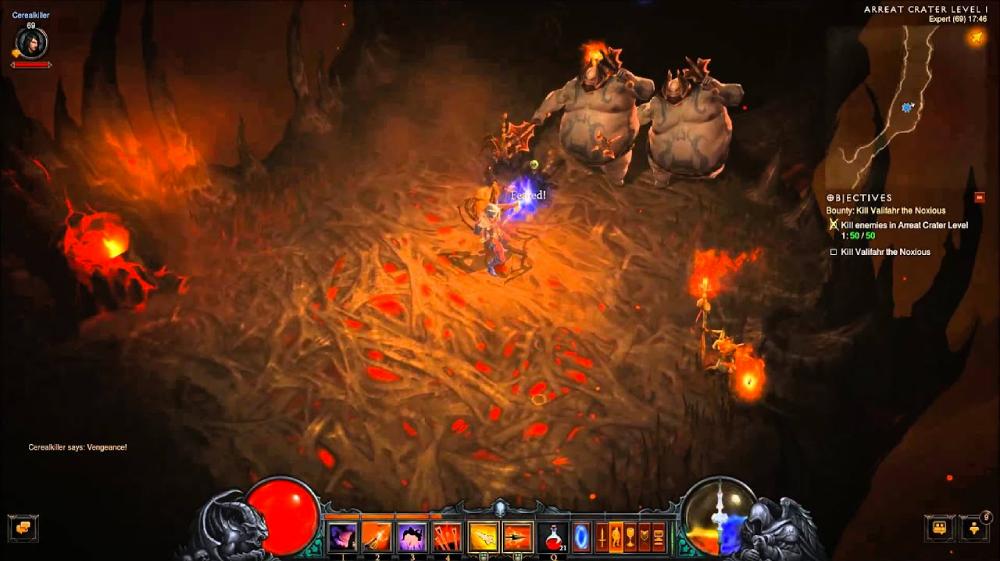
To unlock Adventure Mode, you must defeat the boss, Malthael, in Act V of the story mode. Unlocking the Adventure Mode with one character will automatically unlock it for all the other characters. This is irrespective of the character’s level. You cannot access any of the story mode content in this mode.
It’s worth noting that you can only use any character in the same category. Therefore, Hardcore and Softcore are separate, meaning that unlocking the mode in Hardcore doesn’t unlock it in Softcore and the reverse. Also, opening the mode using a non-seasonal character will not unlock the mode for future seasons. You must unlock Adventure Mode in every season using a seasonal character.
The Adventure Mode contains three map levels: Regional/Act level, Global (Sanctuary’s map), and Radial (player’s current location map). There’s also an Automap that allows you to move between the game’s five acts. Automap unlocks all waypoints, ensuring access at any time. The bosses are represented by horned icons, while key icons represent Keywardens.
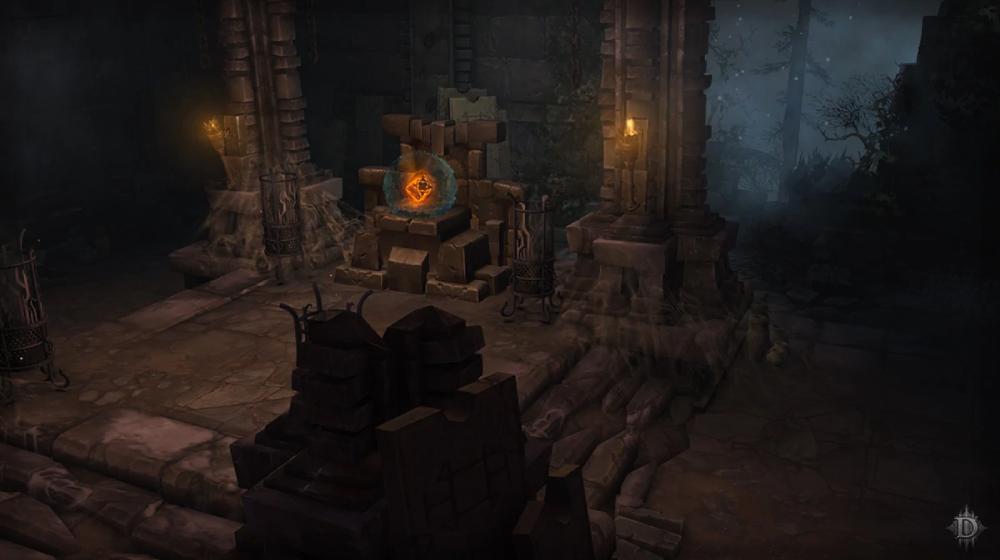
In Diablo 3, bounties are special quests assigned to players to accomplish a specific task, like slaying a boss, rescuing villagers, or clearing out a dungeon. When all bounties in an act are finished, players receive a Horadric Cache from Tyrael that contains various rewards. The bounties involve:
You must complete all five bounties in a single Act to earn Horadric Cache, gold, and XP. Horadric Cache is in the inventory inside the miscellaneous bag, and it contains crafting materials, gold, blood shards, blacksmith plans, and other items.
Blood Shards are used to purchase items in the camp from Kadala. On the other hand, the crafting materials are specific to the Horadric Cache act it was earned in:
These are used in different amounts with Forgotten Souls to craft Blacksmith items and perform specific actions using the Kanai Cube.
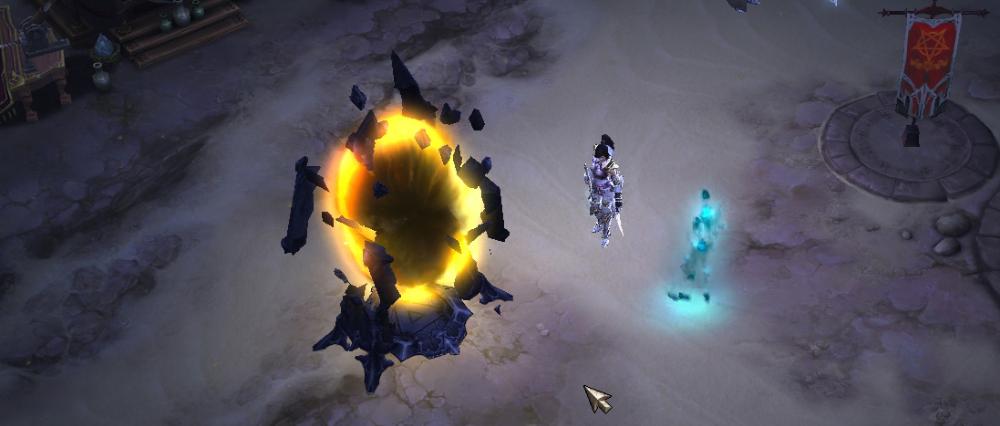
Nephalem Rifts in Diablo 3 are trials where the player must defeat a variety of enemies, with a progress meter filling up with each kill. Nephalem Rifts are tasks awarded to the player by Orek. To enter the Rift, you must interact with Nephalem Obelisk, which opens a portal to an unknown location. You must eliminate the enemies in the area. As you kill more enemies, you fill up a progress meter. Once the meter is complete, a powerful boss, the Rift Guardian, appears. You will receive a lot of loot, including the Greater Rift Key, on killing this boss. The key allows you to take on the Greater Rifts with the challenge set for a maximum of 15 minutes.
The other rewards include Forgotten Souls, Greater Rift Stone, Blood Shards, gold, and gems. After slaying the Rift Guardian and collecting loot, you should head back to Orek and collect your reward of XP and Gold. It would be best if you did this quickly before Orek closed the Rift.

Kanai’s Cube is a significant new feature in the game. As soon as you start Adventure Mode, speak with Zoltan Kulle who will give you a quest to retrieve the Cube. This quest is easily completed and once it’s done, you can use the Cube for all your characters in town.
One of the most important features the Cube adds is the ability to extract major (orange text) enchantments from Legendary equipment and apply them to your character. You have three slots – one each for Jewellery, Armor, and a Weapon. To unlock an enchantment, you’ll need one of each act-specific crafting material (Khandaran Rune, etc.) and 5 Death’s Breaths (an item dropped by Elite enemies). The item is destroyed in the process, but the enchantment is stored in the Cube and can be changed as many times as you like. You can only put enchantments from Jewellery, Armor, and Weapons in the corresponding slot on your character, and you can’t double up on enchantments.
The Furnace is an example of a weapon that is often slotted to your Kanai weapon slot. To get it, farm a lot of Blood Shards, then load up Adventure Mode with a Witch Doctor. Buy 2-handed weapons from Kadala until you eventually get The Furnace. The Ring of Royal Grandeur is a commonly used Kanai Jewelry piece, which is a possible drop from the Act 1 Horadric Cache.
You can also reroll set items and use other hidden features with the Cube. For example, if you have 2 Tal Rasha’s helmets, you can reroll one at the Cube (for a cost) to try and turn it into another piece from the Tal Rasha’s set. There are also two hidden things that can be done with the Cube. If you have the Bovine Bardiche in your inventory or stash, you can use it in the Cube to open a portal to Whimseyshire. If you have a Puzzle Ring, you can consume it at the Cube to open a portal to Greed’s realm. Doing this a few times on T10 will make you financially comfortable.
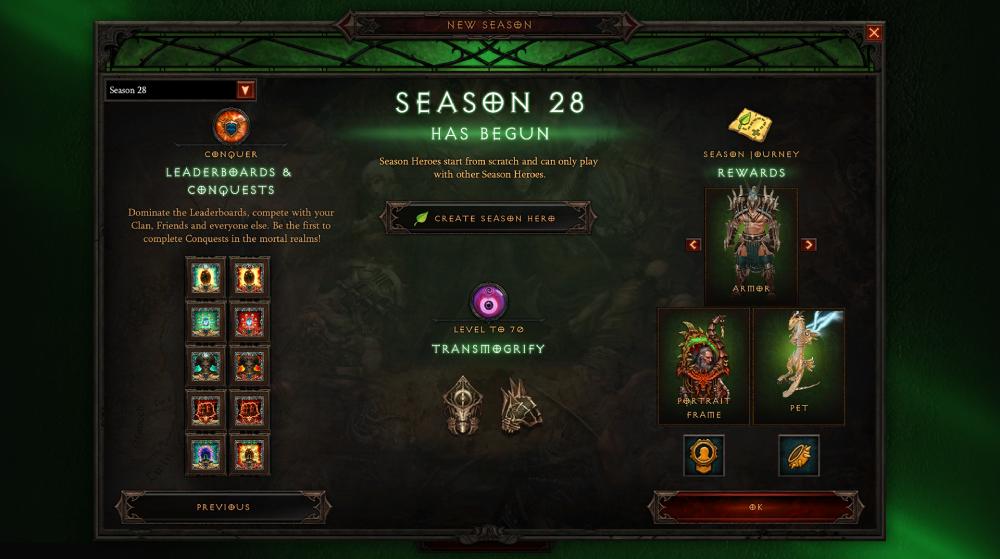
Players who choose to create a seasonal character will find themselves starting from scratch as if it were a new game. From Level 1 with no equipment to the artisans being at rank 1, everything is reset. Despite this, there are rewards for completing season objectives such as pets, cosmetics, and armor sets, making it worth the effort. Additionally, each season comes with unique effects that add to the game’s overall experience.
To take part in the ongoing Season, players must create a Seasonal Hero. This can be done by selecting the “CREATE” button on the Hero Selection screen and choosing the “Seasonal Hero” option. Once created, Seasonal Heroes will have a separate stash and are restricted from accessing any non-Seasonal items, materials, or gold until the current Season is over.
In Seasons, players can earn cosmetic items such as Pets, Portraits, Wings, Pennants, and more to add to their Collection. At the end of each Season, all Seasonal Heroes will become non-Seasonal and their items, currency, and materials will be made available to regular Heroes. The items that were in the Seasonal stash will be sent through the in-game Messages system.
If players don’t want to create a new character for the next Season, they can use the Rebirth option to transfer an existing character to the current Season. This option converts the character to a Seasonal Hero, resets its level to 1, and mails its items and stash contents to the non-seasonal mailbox.

Diablo 3 differs from other games in that it does not have regular side quests; instead, it has Events that are pre-scripted events that can occur while exploring a given area. These Events can include defeating specific enemies, crafting unique items, or fulfilling NPC requests. Due to the lack of predictability regarding the location and frequency of these events, players may have to revisit areas multiple times to find them. Completing the main campaign missions and events available in each Act can take around 40 hours.
To experience everything the base Diablo 3 has to offer, players will need to invest more than 150 hours, with over 100 of those hours dedicated to fulfilling achievement requirements, such as defeating bosses in different difficulty levels, completing the game multiple times, and clearing specific challenges related to them or other game features.
Completing the primary campaign in Diablo 3 isn’t the end of the game since it unlocks another game mode called Adventure Mode and gives the possibility to join Seasons. The new mode will offer you more freedom and more quests to undertake. You will earn numerous useful rewards by completing the quests, mainly in Bounties and Nephalem Rifts. Don’t get stranded anymore after completing the game’s campaign. It’s time for more action in the Sanctuary.